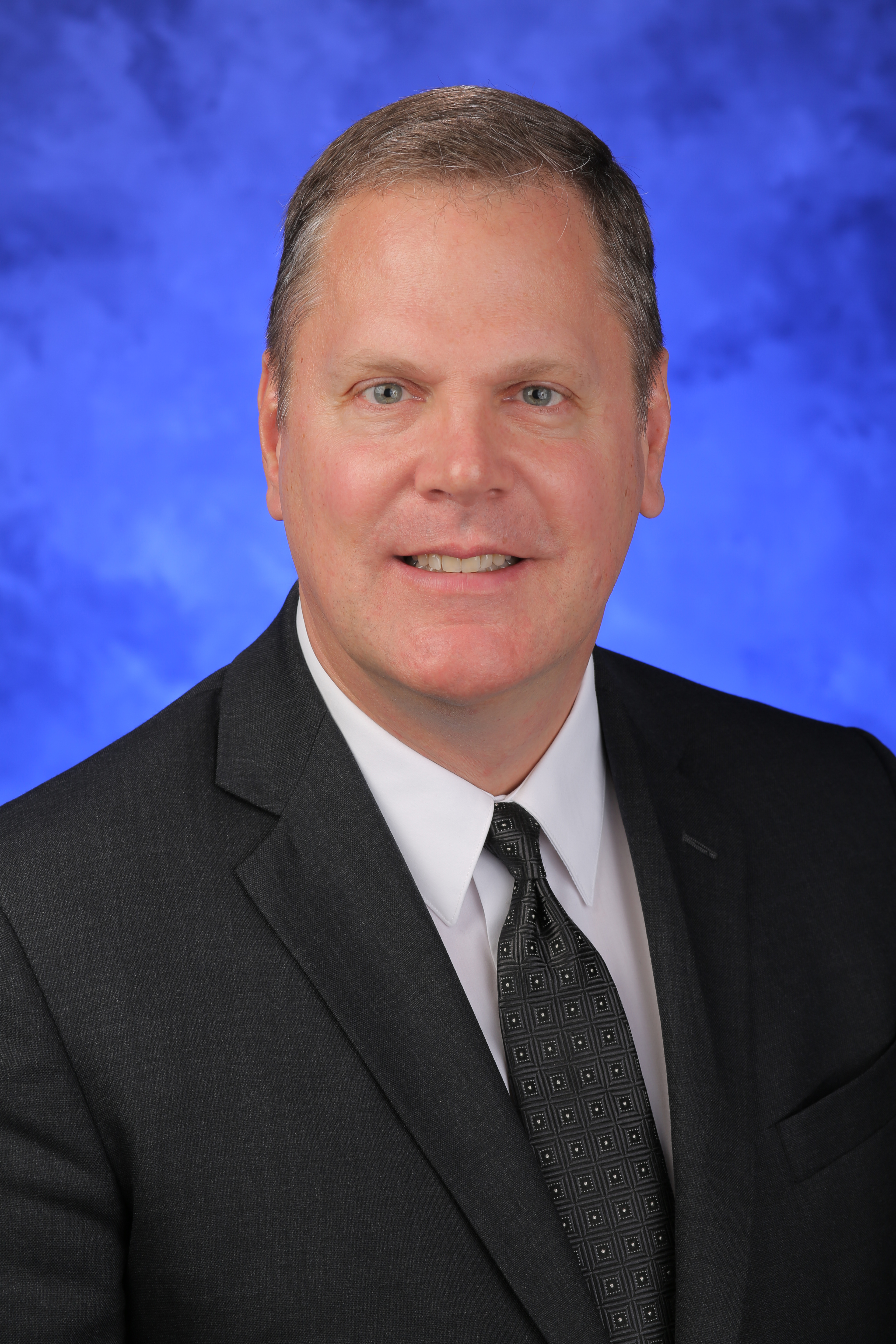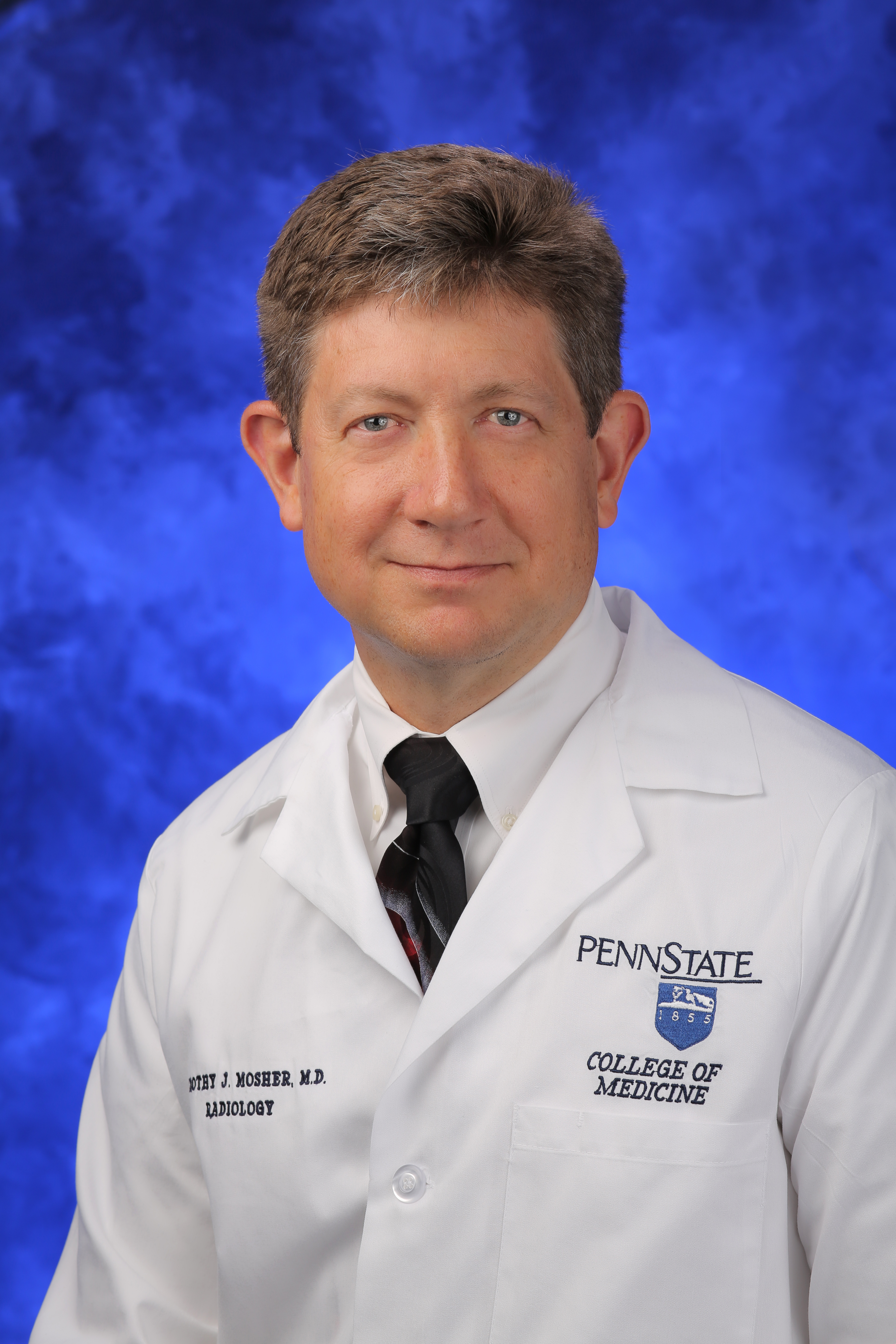The case for innovation in healthcare through data
When Dr. Marco D. Huesch joined the faculty of Penn State College of Medicine’s Department of Radiology last July, he brought with him a passion for transforming data into innovations. Having spent a decade in the data-driven business of management consulting after leaving clinical practice, he knew first-hand the power of analytics to improve performance.
As head of CORVA, the newly established Center for Optimizing Radiology Value, the vice chair of radiology research leads a small team of data scientists tasked with streamlining operations and improving patient care within the department and throughout Penn State Health Milton S. Hershey Medical Center.
In a recent article in NEJM Catalyst—an online platform from the publishers of the The New England Journal of Medicine—Dr. Huesch and Dr. Timothy J. Mosher, distinguished professor of radiology and orthopaedic surgery and chair of the Department of Radiology, make the case for data scientists “inside” healthcare. Every academic medical center like Hershey Medical Center, they argue, should have an in-house analytics team whose insights inform decisions and drive innovation.

Dr. Marco Huesch
Huesch believes that patient data—from electronic medical records, vital signs, nurse intake forms, and lab and imaging reports, for example—are a woefully untapped resource for academic medical centers.
“We’re so busy looking after patients, often we don’t have that ability to step back and say, ‘Well, as part of our treatment of the patient, we’re generating lots of interesting data,’” Dr. Huesch said.
In fact, it’s estimated that an astonishing 30 percent of the world’s stored data is generated in the healthcare industry. At Penn State College of Medicine, small analytics teams mine this information to create outcomes models and answer operational questions large and small.
“We’re able to look back and use the natural variation in our clinical practice to be able to drive research studies,” Dr. Mosher said. “Now, rather than asking questions of maybe 100 or 200 patients, we’re asking questions of 10,000 or 20,000 patients.”
How likely is it that this heart failure patient will die during this admission? Will this sepsis patient progress to shock? What are the outcomes for imaging patients who are admitted to the emergency department with back pain? When patients have an increase in their creatinine after a CT scan is it because of the contrast or just normal variation?
The answers to these questions can help clinical staff treat patients more effectively and efficiently, improving care while reducing costs. But getting at these answers requires skilled professionals to convert the data into insights through the use of machine learning, advanced statistics and sophisticated data-engineering skills.
For now, the field is wide open. Out of roughly 6,000 data scientists in the U.S., only about 180 work in the hospital and healthcare field. In their article, Dr. Huesch and Dr. Mosher estimate that the healthcare sector needs at least 10 to 20 times more data-science professionals to catch up with other industries.

Dr. Timothy Mosher
They emphasize that to succeed, healthcare data scientists must work collaboratively with nurses, physicians, and other clinical staff.
“If you have a strategy to build models from the ground up, with the care team involved, you’re going to get a better model,” Dr. Huesch said. “It’s going to be model tailored to what you need and you’re going to get happier, more empowered staff.”
Moving forward, Dr. Mosher wants to stitch together the various data science teams embedded in different medical departments into an analytics network within the hospital. Of his hire last year, he describes the addition of Dr. Huesch as transformational: “I think we all probably should invest in somebody like him.”
If you're having trouble accessing this content, or would like it in another format, please email the Penn State College of Medicine web department.
